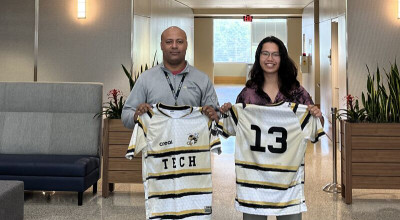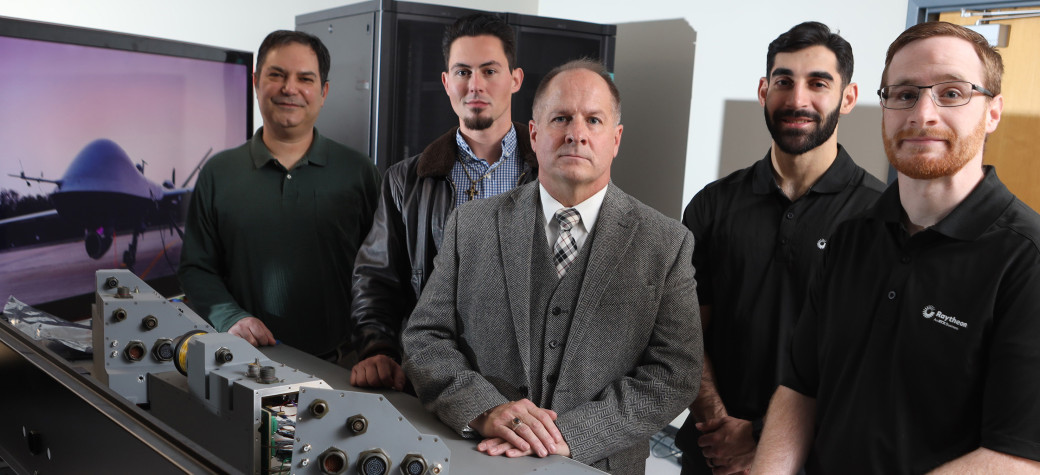
Modernization efforts utilizing the Modular Open Systems Approach (MOSA) and the Sensor Open Systems Architecture (SOSA™) standard have enabled the rapid development and prototyping of upgrades for critical sensor systems on the MQ-9 Reaper, a remotely-piloted aircraft designed for long-endurance surveillance. The enhancements, implemented in five prototype systems delivered to the U.S. Air Force, could help operators more rapidly scan video for threats and allow more frequent hardware and software updates.
Enhanced computing capabilities demonstrated in the MQ-9’s prototype Multi-Spectral Targeting System – Intelligent Electronics Unit (MTS-iEU) system improve the ability of operators to identify items of interest in video generated by the aircraft’s sensor systems. The use of MOSA and SOSA-aligned components accelerated the development of the modernized MTS-iEU, which is designed to be easily upgraded with commercial off-the-shelf (COTS) components as future needs develop.
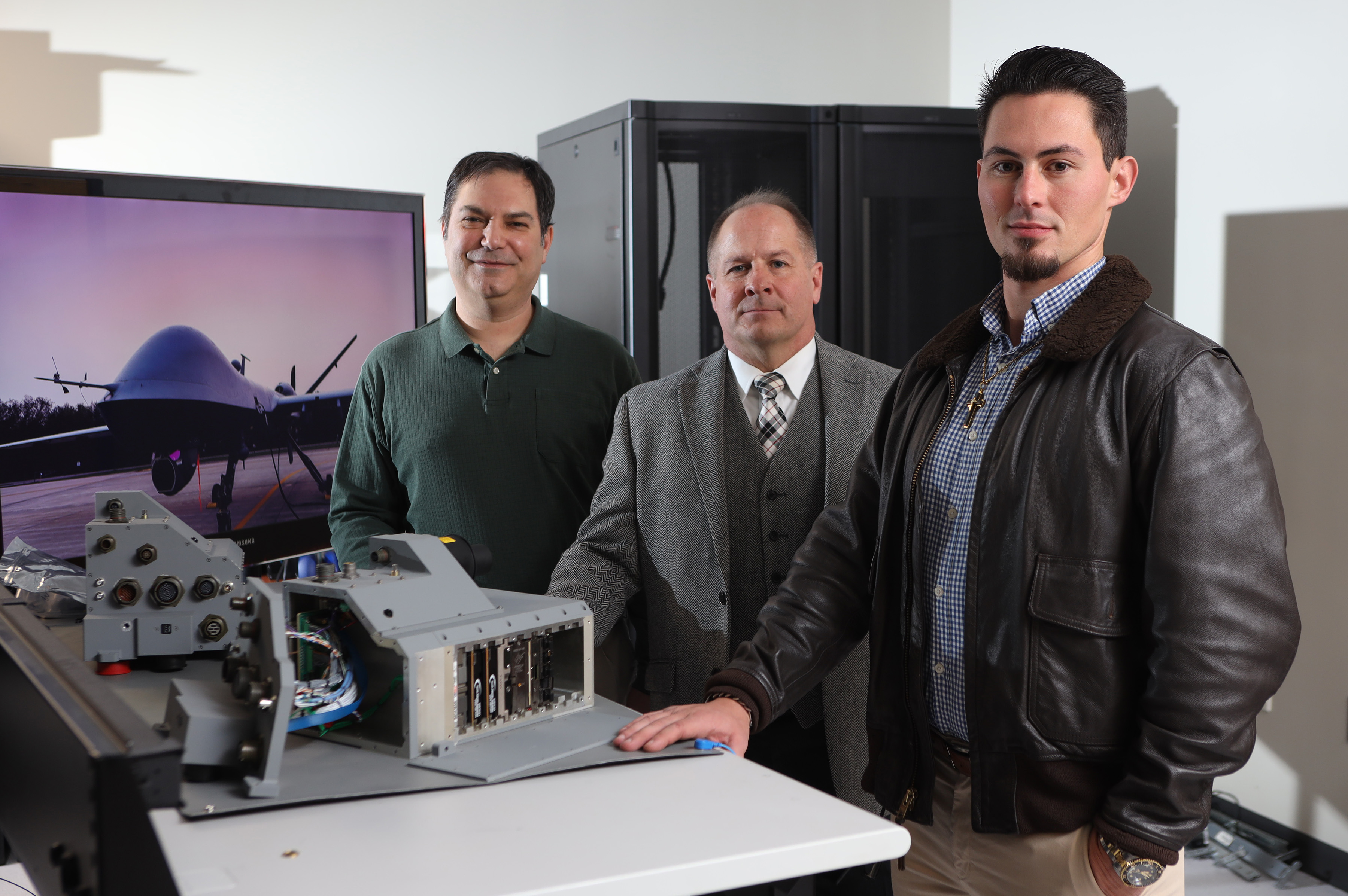
“As technology evolves and the processing needs of the MQ-9 increase, the Air Force won’t have to redesign the whole chassis to implement new capabilities,” said Research Engineer Cody Cox, who led the project at the Georgia Tech Research Institute (GTRI). GTRI developed the modernized MTS-iEU in collaboration with the Air Force and an industry partner. “Now that the MTS-iEU has implemented SOSA-aligned hardware that is modular and interoperable with other COTS hardware, future upgrade efforts will be able to remove outdated plug-in cards and integrate newer cards without having to change the whole system.”
Modernization Boosts Image Scanning
The enhanced computing power of the latest SOSA-aligned components provides the MTS-iEU with 100 gigabit-per-second Ethernet service on its backplane, allowing multiple sensor systems to work together and automating image scanning processes that will help operators with their critical tasks, said Nick Algren, Program Manager of the Air Force’s Medium Altitude Long Endurance Tactical Program MTS Program. The updated MTS-iEU systems utilize less than half of their top speed, allowing for future growth.
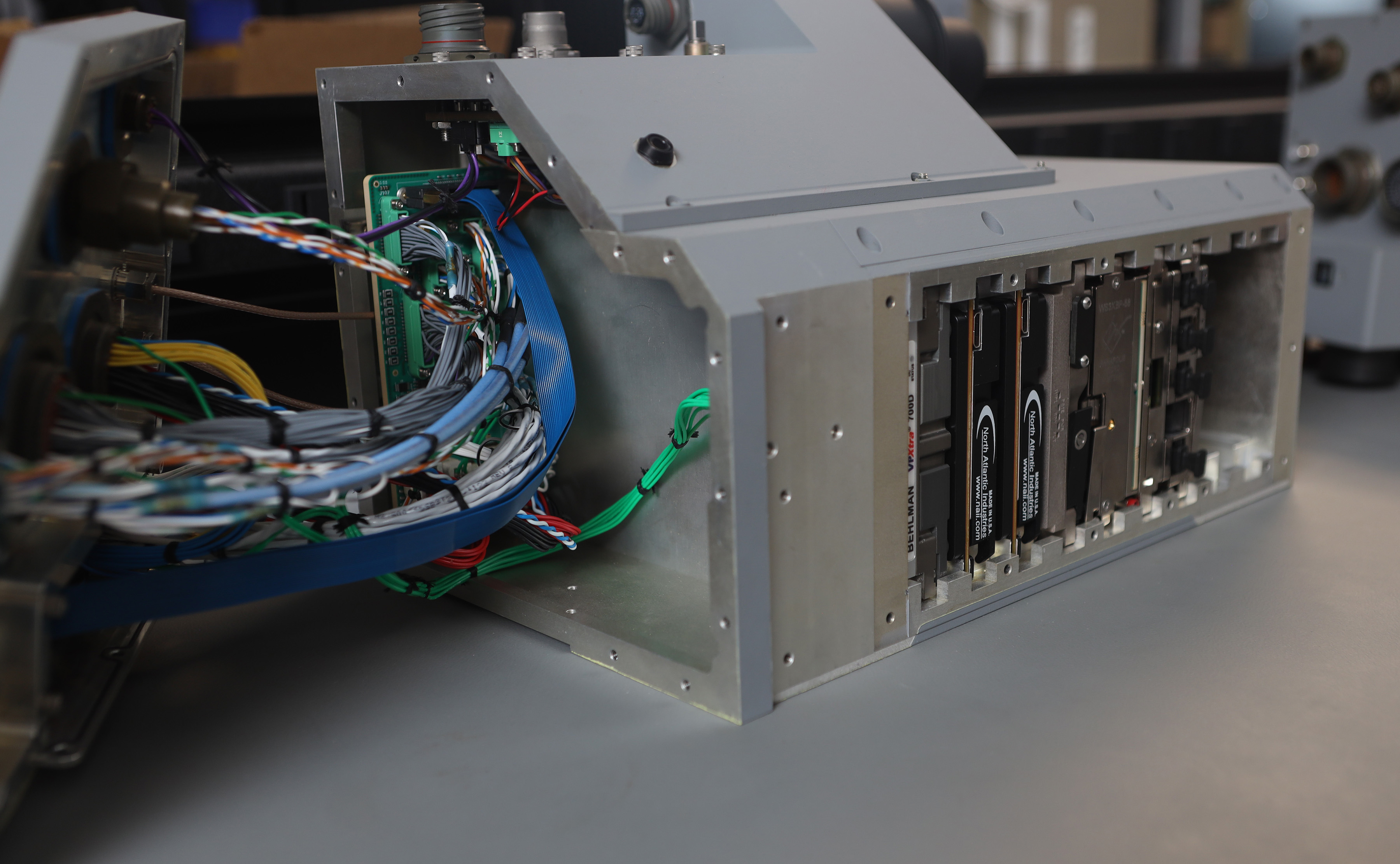
“It is critical that scan automation be incorporated into the MQ-9 so that locating items of interest can be done quickly,” Algren said. “This reduces task saturation for the sensor operator and helps with the sorting and sharing of data.”
While the expanded computing power of the MTS-iEU allows multiple sensors to work together and use machine learning technology, Algren emphasized that this modernization doesn’t mean the Air Force is instituting aircraft autonomy on the MQ-9.
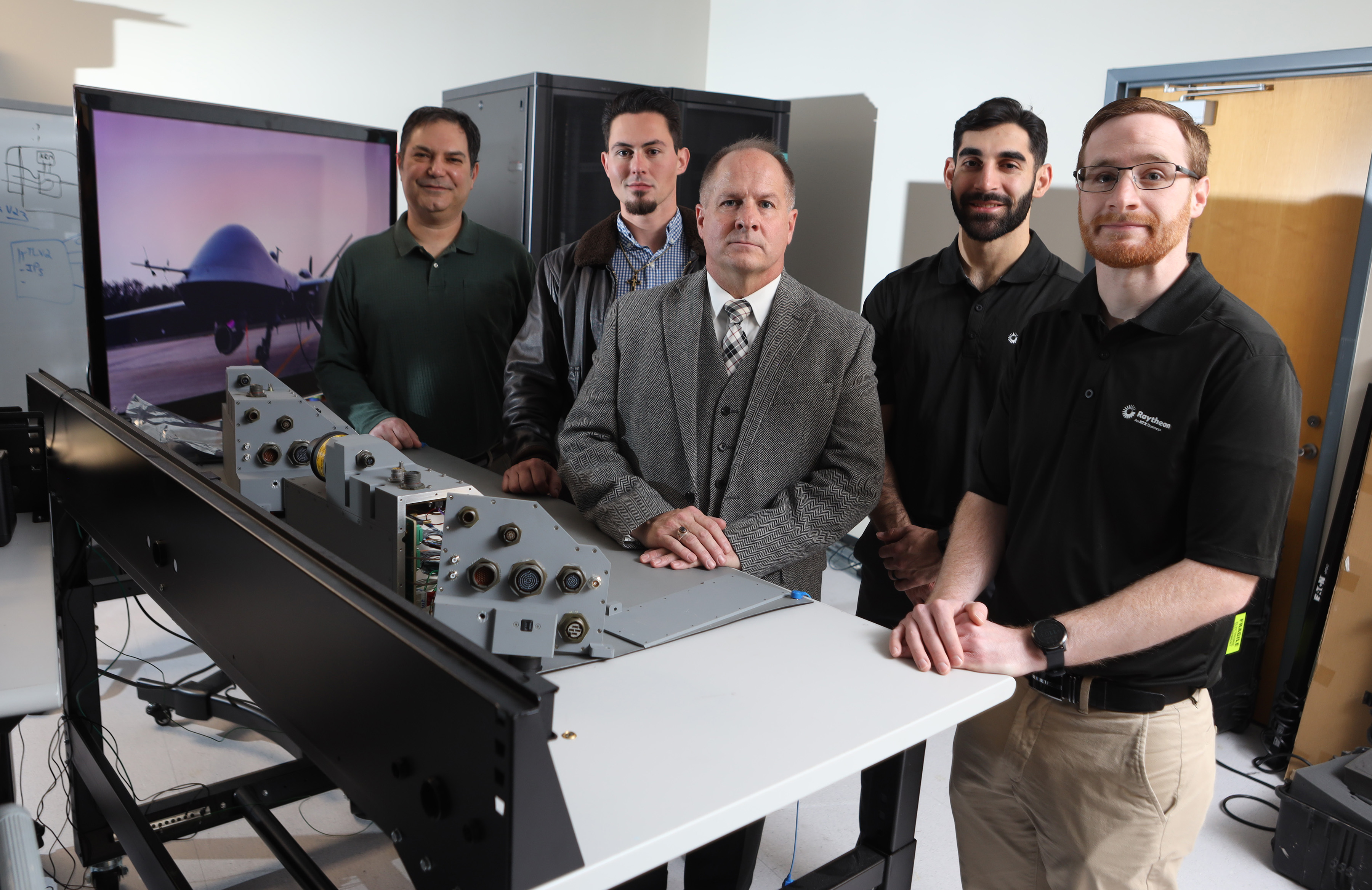
“This onboard ‘supercomputer’ is state-of-the-art and allows multiple sensors to work together in a more efficient manner,” he said. “The future of warfare is ‘the quick and the dead.’ The iEU enables automated scans that detect items of interest quickly and efficiently so that MQ-9 flight crews can more effectively complete their missions.”
MOSA Components Support Rapid Upgrades
Beyond the expanded capabilities and provision for future upgrades, the SOSA-aligned system allows incremental hardware and software updates to be made in the MQ-9 sensor system as changing conditions require, said Algren, who is a former MQ-9 operator.
“The iEU breaks glass regarding how the MQ-9 sensor suite fundamentally operates,” he said. “Combined with other MQ-9 hardware upgrades, this allows flight-critical and mission-critical software to be decoupled. Because of this, the government can field software much faster, as well as update those algorithms on a weekly basis.”
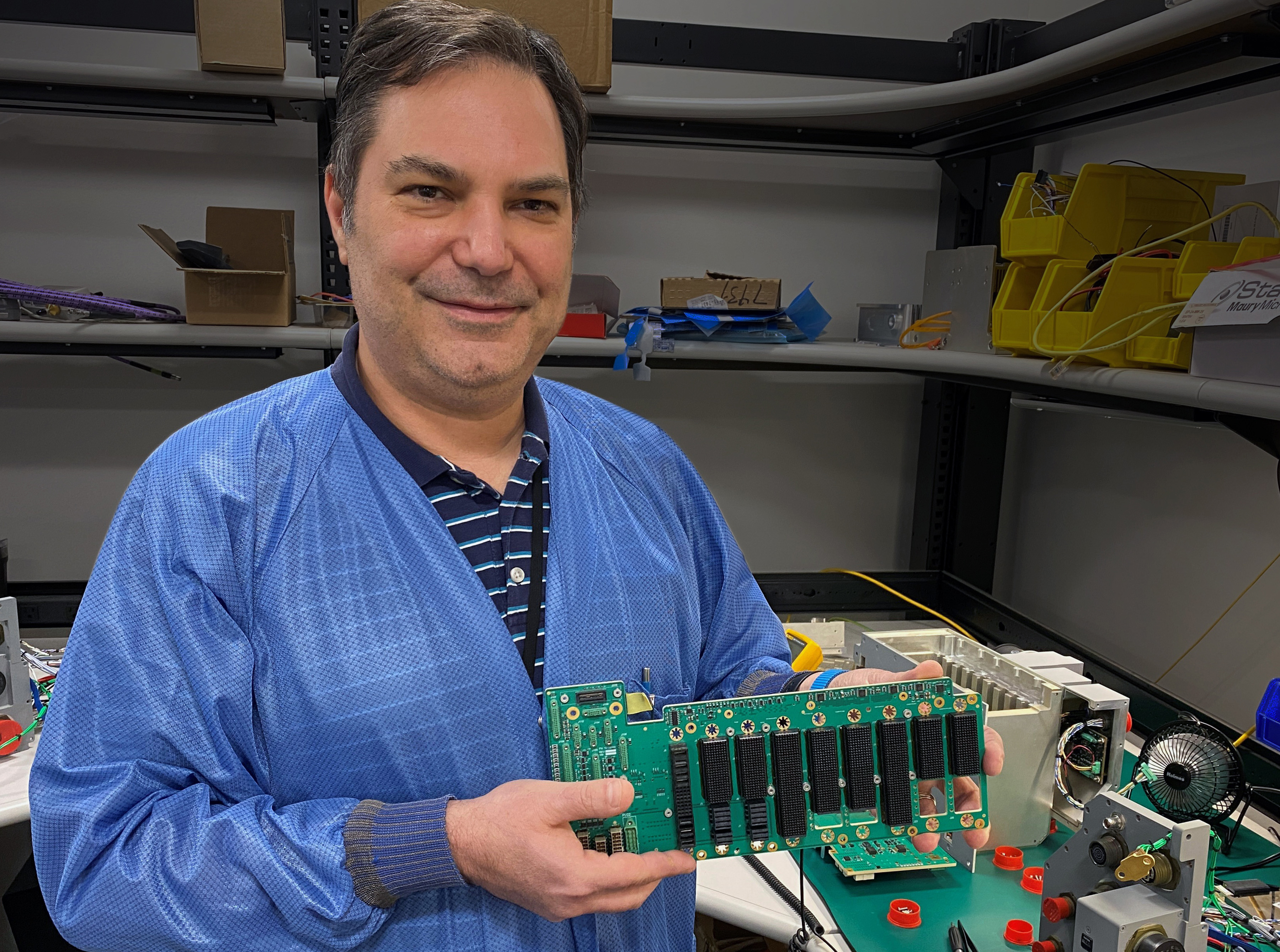
The modular approach also opens the door for more competition to supply sensors and software for the MQ-9, and potentially to other systems that are adopting the SOSA standard.
“With the ability for onboard scan automation, the iEU will help drive industry competition,” Algren said. “The best algorithms will be selected to achieve MTS software requirements. Industry partners will sustain and develop their software through a government contract.”
GTRI-Led Team Produced Five MTS-iEU Prototypes
The five prototype MTS-iEU systems resulted from 2 ½ years of development work by a team of GTRI researchers and an industry partner with the help of leading-edge companies, Annapolis Micro Systems, and Gorilla Circuits. The team expanded the chassis, dramatically increased computing capabilities, and added thermal management, Ethernet, and optical fiber interfaces through the use of SOSA-aligned hardware.
“Systems like this meet the goals that SOSA is aiming for,” said Cox. “We are using standardized, open hardware, so there will be plenty of upgraded COTS hardware options available in the future. The lead time required for upgrades will be much shorter because vendors are continuously developing new SOSA-aligned hardware – GPUs, mass-storage cards, and other devices – that are interoperable with the SOSA profiles implemented in the MTS-iEU.”
Beyond the SOSA standards being deployed throughout the services, the upgrade also meets requirements for the Open Mission Systems/Universal Command and Control Interface (OMS/UCI). “GTRI’s main role was to modernize the system to include SOSA-aligned hardware and push the capability limits to the edge, such as designing the backplane to be capable of 100 GbE and PCIe Gen 4,” Cox noted.
MOSA Development Fulfills DoD Requirements
Expectations that Department of Defense systems will be developed using MOSA stem from a joint 2019 memo from the Secretary of the Navy, Secretary of the Army, and Secretary of the Air Force pointing to the advantages of common standards. Those standards include Open Mission Systems/Universal Command and Control Interface (OMS/UCI), SOSA, Future Airborne Capability Environment (FACE), and Vehicular Integration for C4ISR/EW Interoperability (VICTORY).
“We determined the continued implementation of these standards, and further development of Modular Open Systems Approach (MOSA) standards in areas where we lack them is vital to our success,” the memo said. “As such, MOSA supporting standards should be included in all requirements, programming and development activities for future weapon system modifications and new start development programs to the maximum extent possible.”
To support these goals, GTRI is a member of open standards organizations and participates in advancing the development and use of open hardware and software standards.
“We are actively involved in advancing open standards like SOSA and Hardware Open Systems Technologies (HOST), and we try to encourage other programs that are modernizing their systems to invest in open-architecture hardware,” said Cox. “Designing the upgraded MQ-9 system with open hardware will make it future-proof for years to come.”
Writer: John Toon (john.toon@gtri.gatech.edu)
GTRI Communications
Georgia Tech Research Institute
Atlanta, Georgia
The Georgia Tech Research Institute (GTRI) is the nonprofit, applied research division of the Georgia Institute of Technology (Georgia Tech). Founded in 1934 as the Engineering Experiment Station, GTRI has grown to more than 2,900 employees, supporting eight laboratories in over 20 locations around the country and performing more than $940 million of problem-solving research annually for government and industry. GTRI's renowned researchers combine science, engineering, economics, policy, and technical expertise to solve complex problems for the U.S. federal government, state, and industry.


